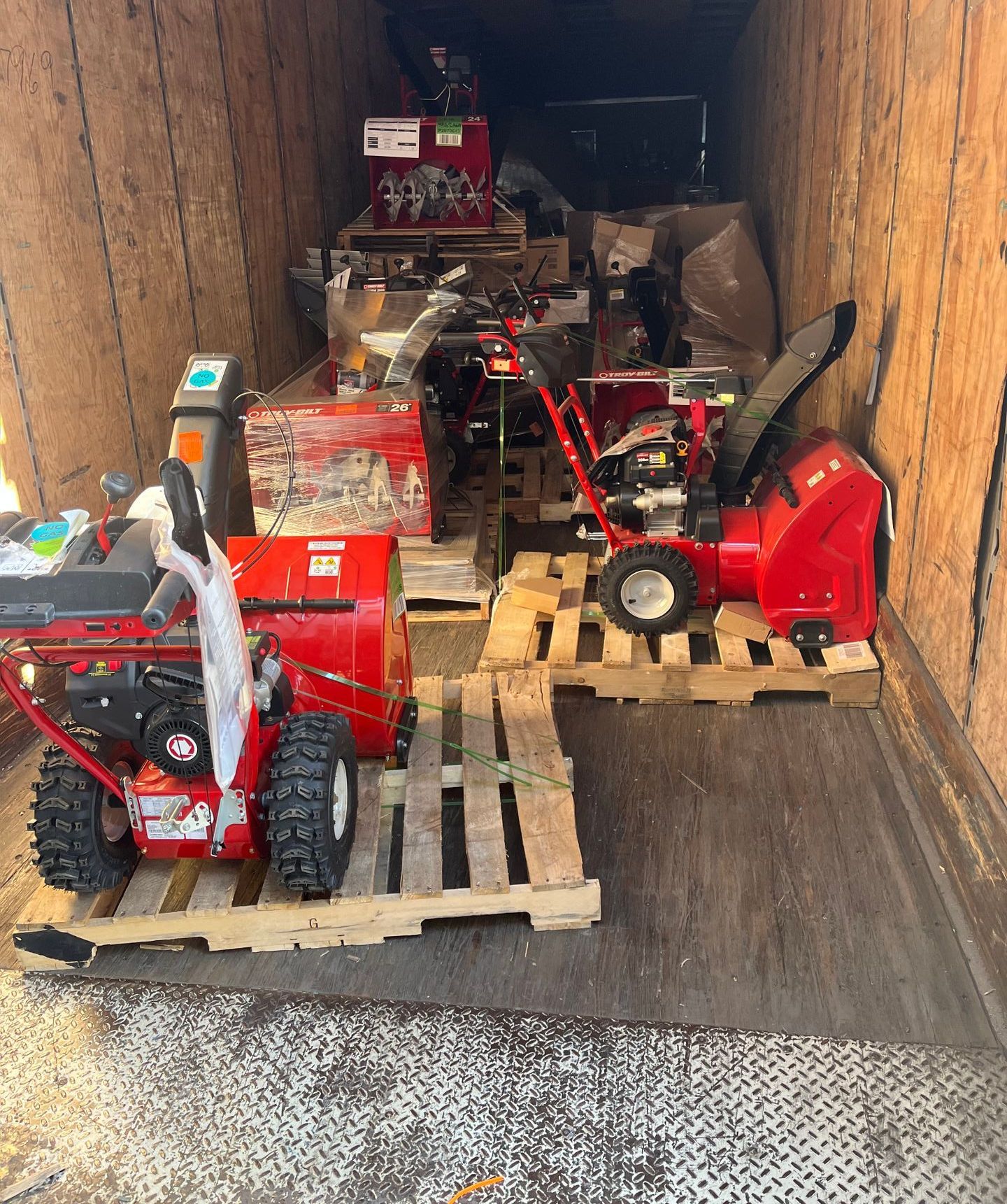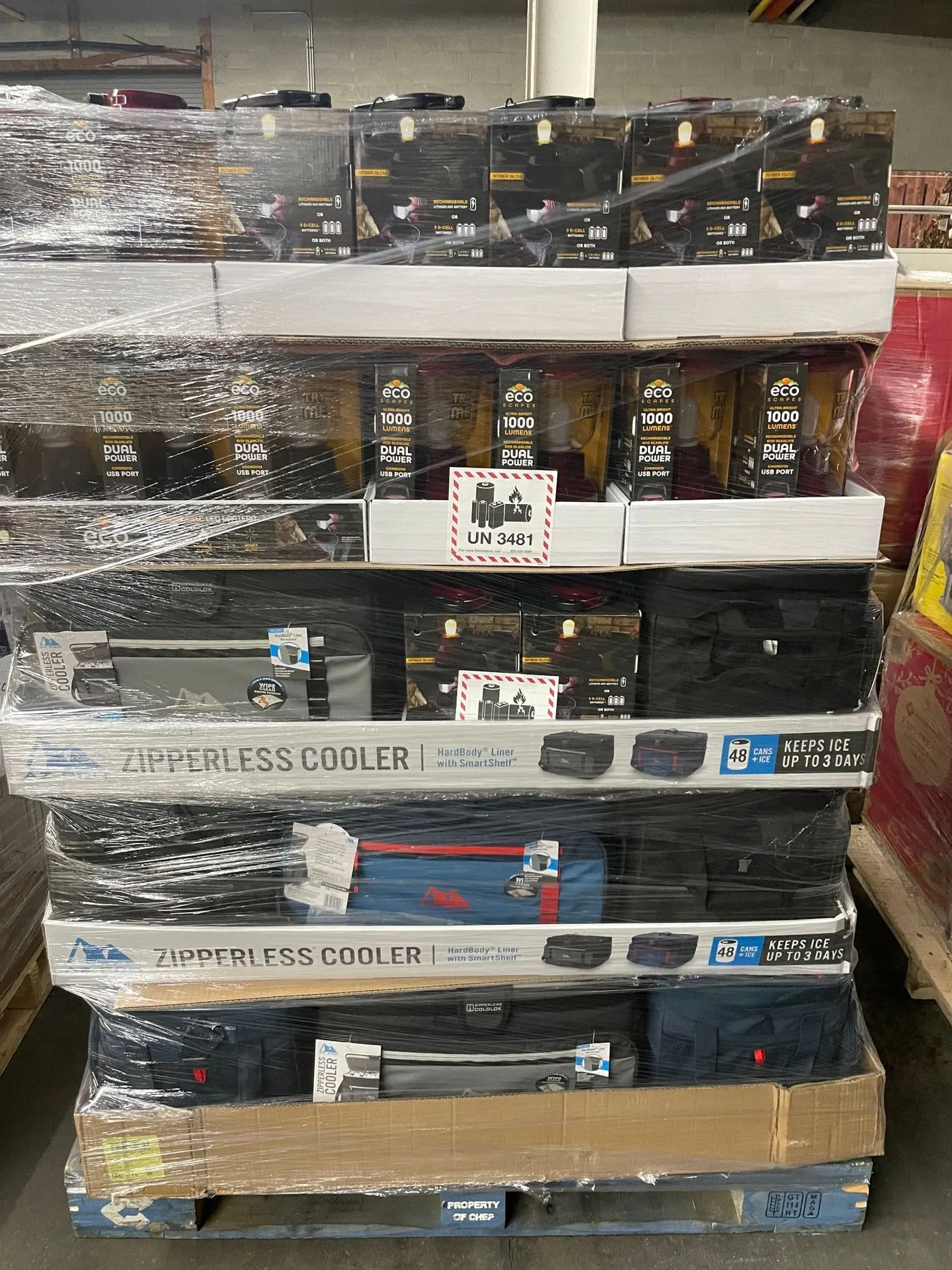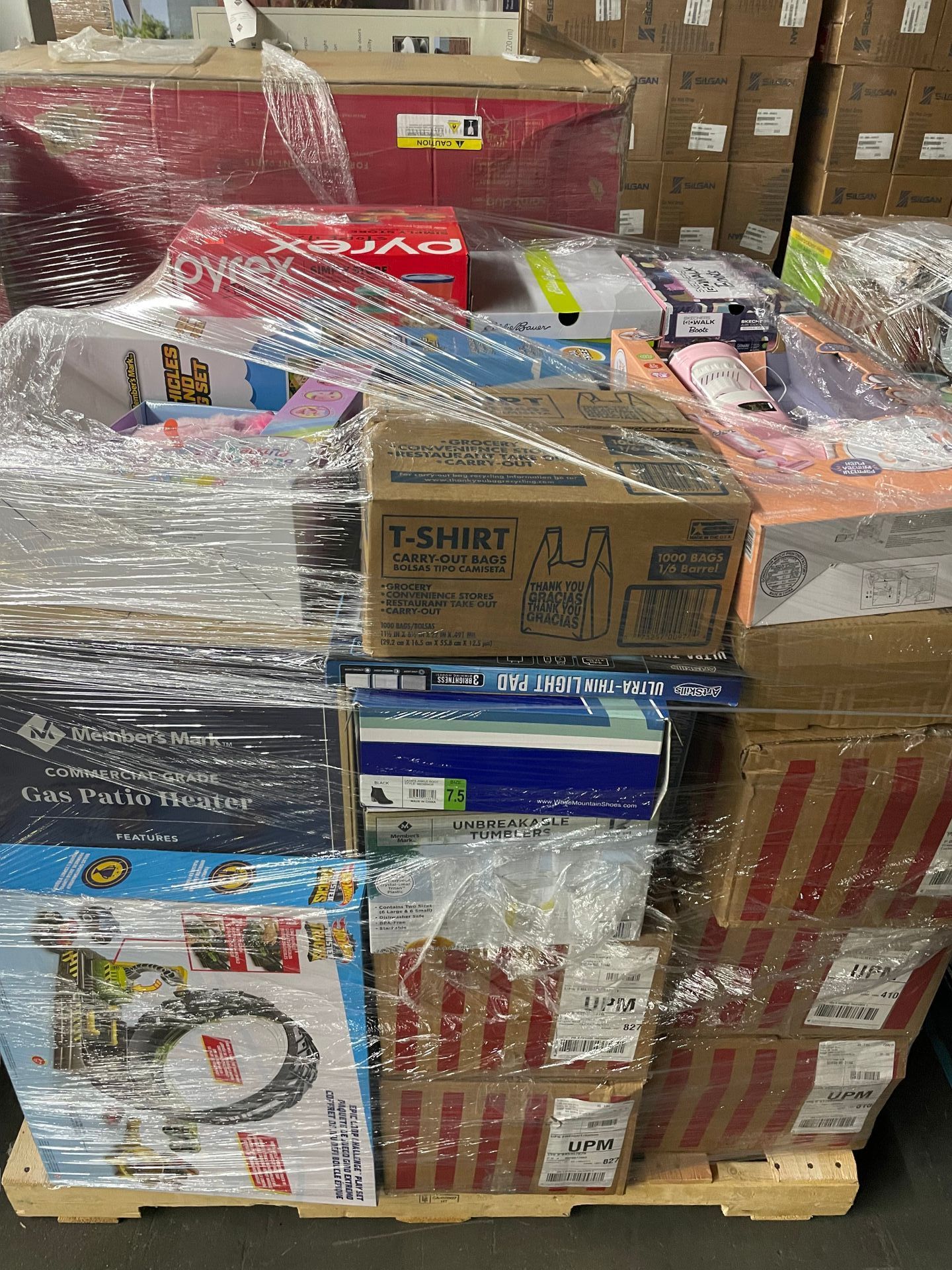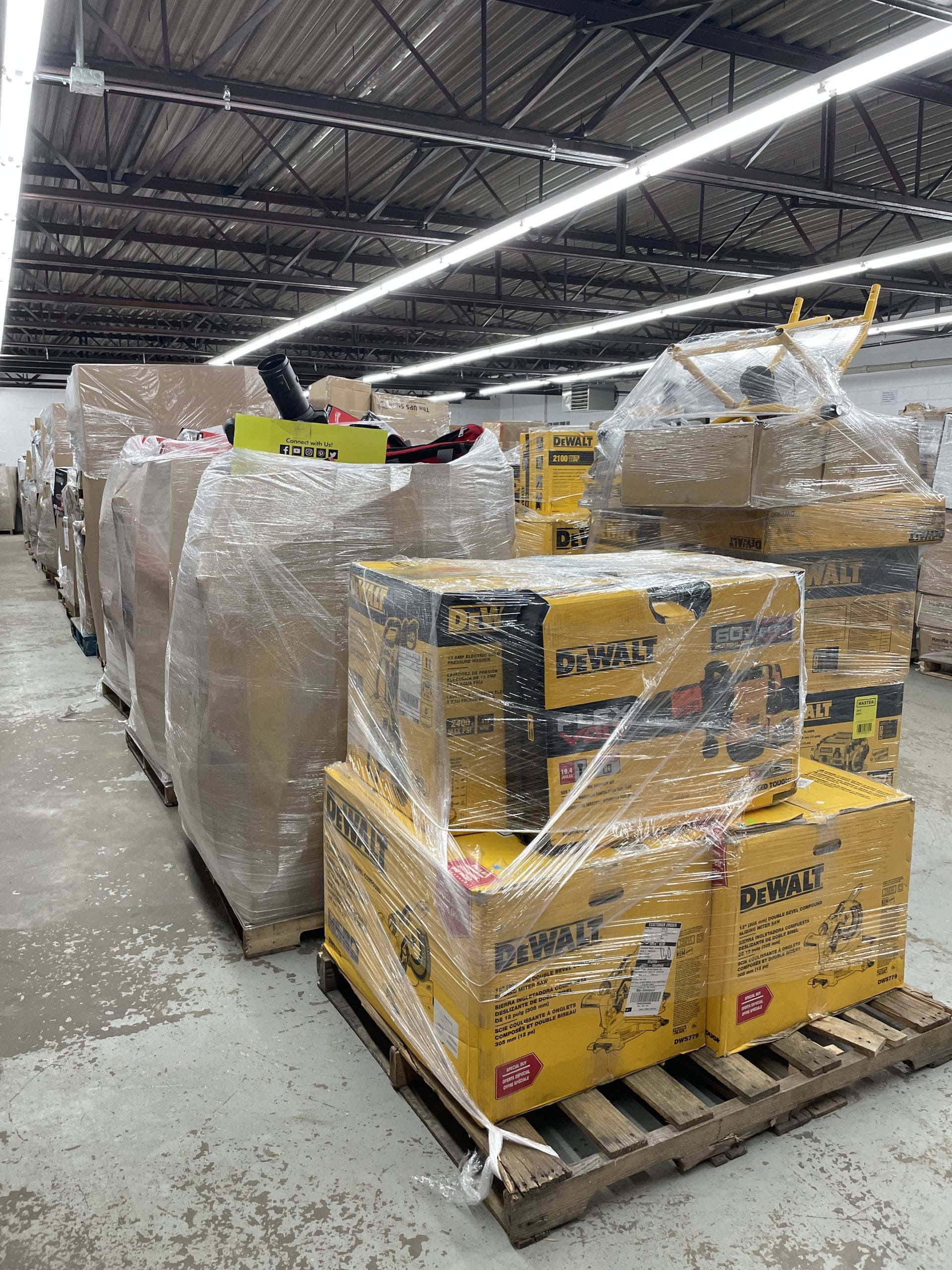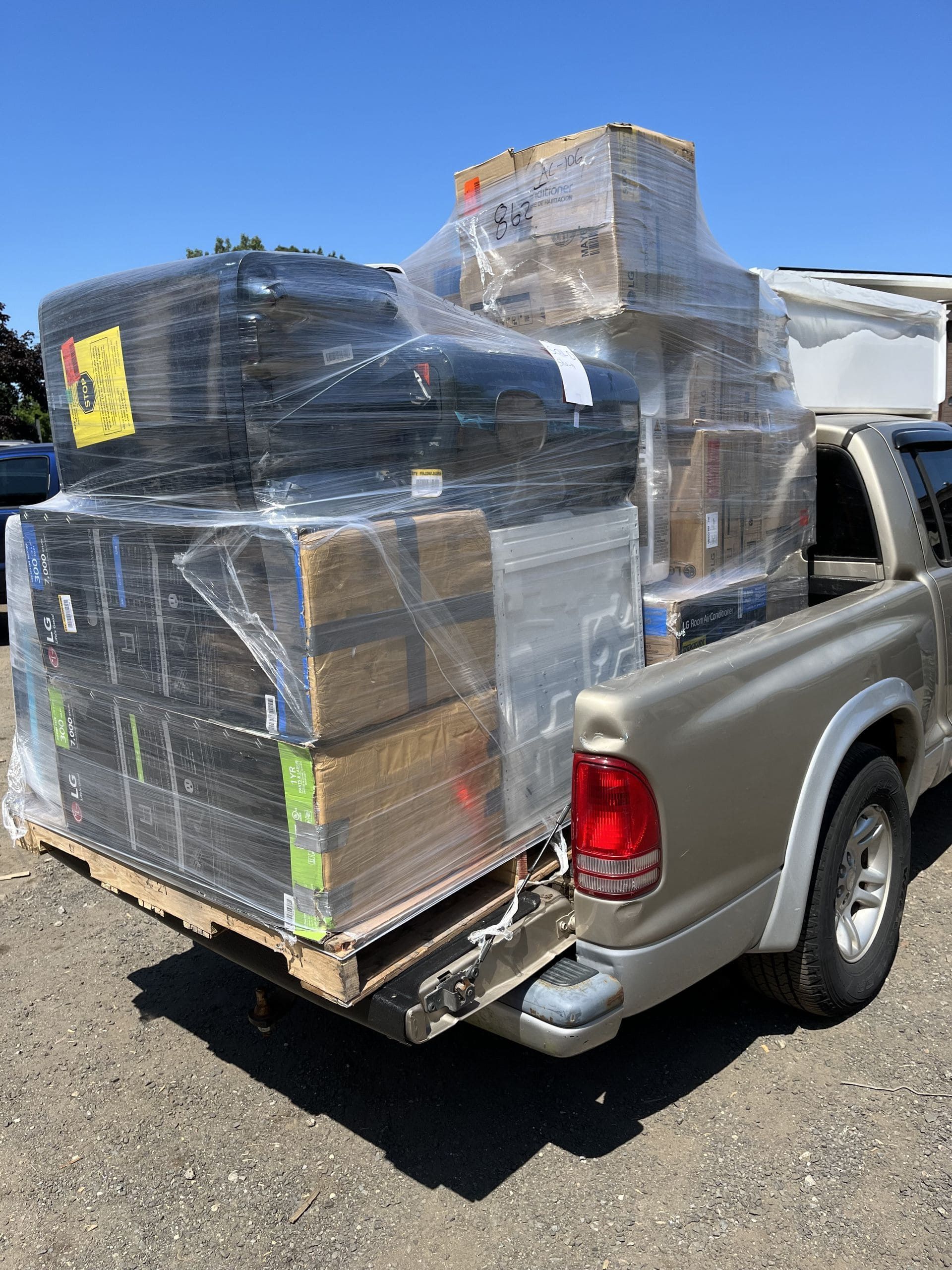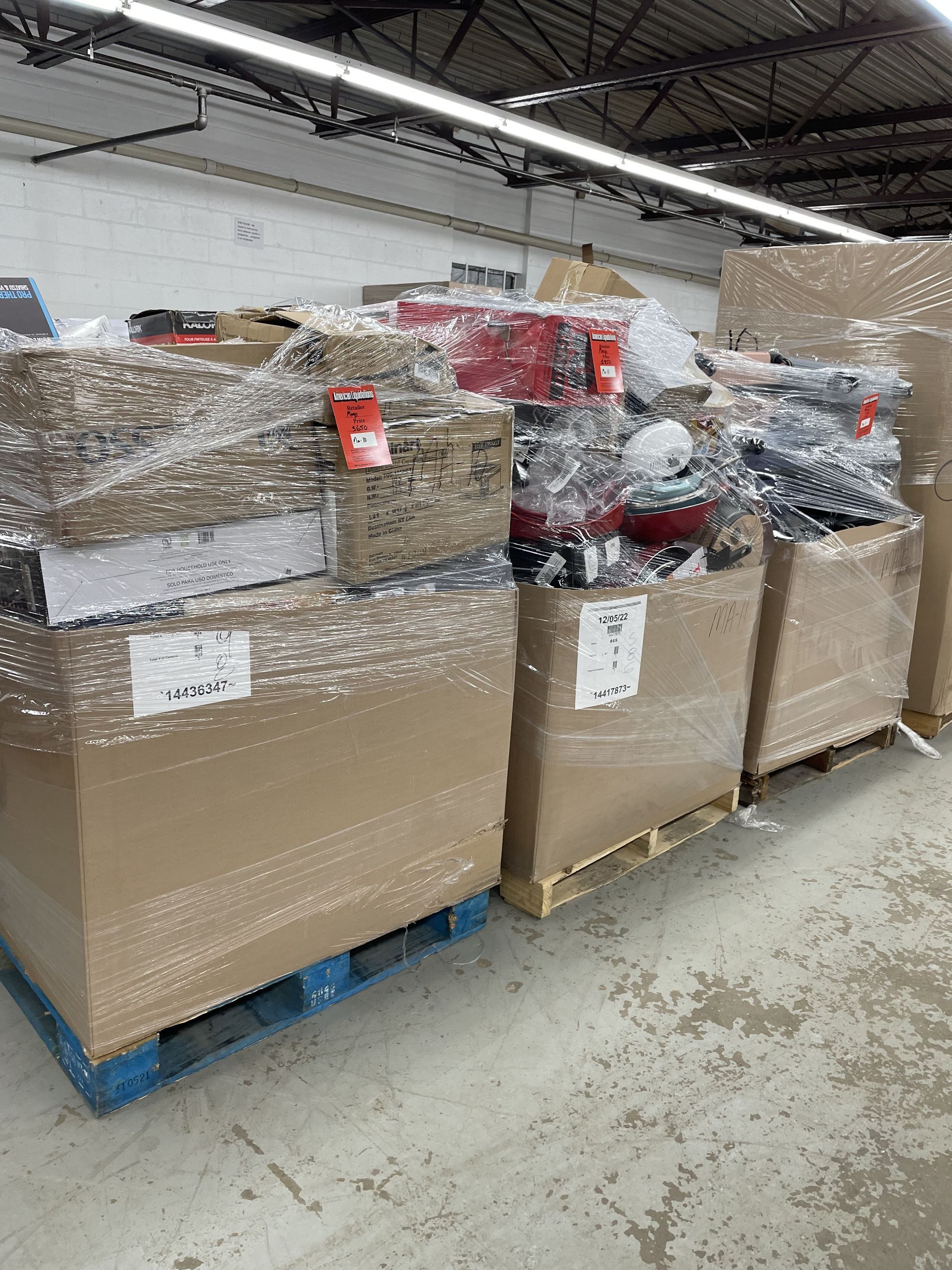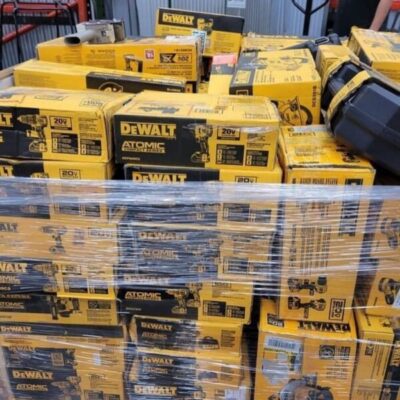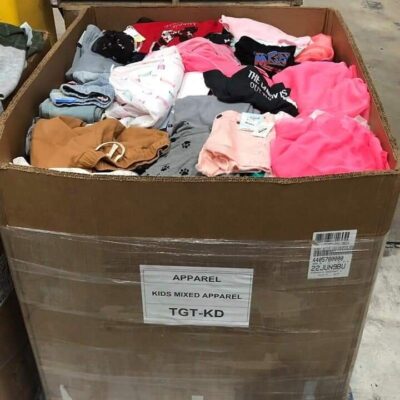Bulk quantities of merchandise are commonly packaged and sold on pallets, encompassing a variety of items such as household essentials, clothing, toys, and electronics. These pallets are often sourced by retailers, manufacturers, and distributors looking to clear excess inventory, returns, or discontinued items.
The contents of a liquidation pallet are typically offered at significant discounts compared to their retail prices. These contents may comprise new, used, or mixed items and are typically sold “as is,” without warranties or guarantees.
Retailers, resellers, and businesses frequently procure liquidation pallets with the intention of reselling the items for profit. However, individuals may also purchase these pallets either for personal use or to sell items individually.
It’s important to acknowledge the inherent risks associated with buying a liquidation pallet. These risks may include receiving damaged or non-functional items, incomplete pallet contents, or items lacking original packaging.

